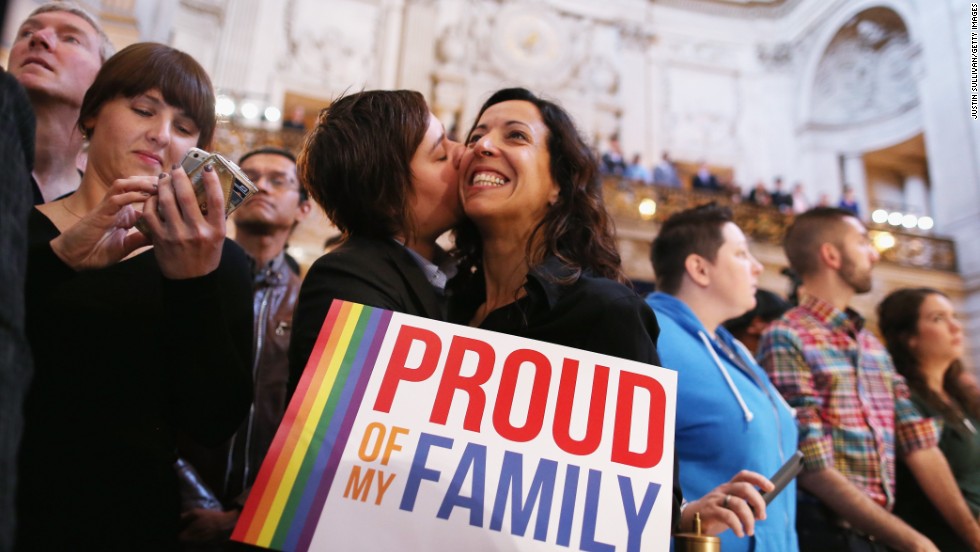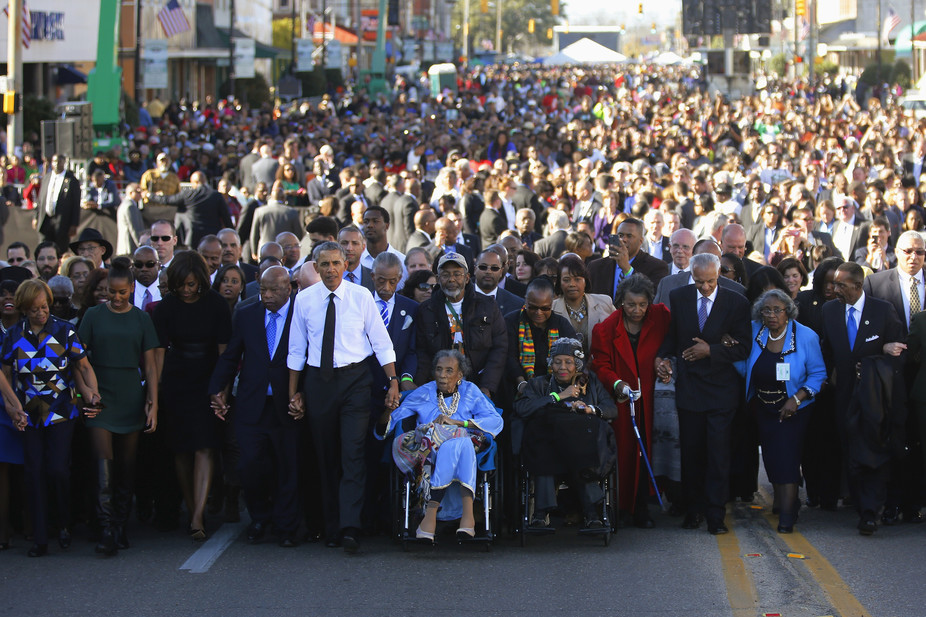The Mystery of Love & Sex begins with a dinner party in a college dorm room. Around a makeshift table covered with a bed sheet, we meet Charlotte, a young white woman with political aspirations, and her childhood best friend Jonny, a young black man with academic aspirations. Their dinner guests are Charlotte’s parents, Howard and Lucinda. Howard is a white, New York Jew and mystery novelist, and Lucinda is a white, Southern homemaker trying to give up smoking. This intentionally off-kilter starting place launches these young characters on a journey in which they attempt to come to terms with their identity, sexuality and relationships with each other.
For many LGBT youth, one of the first steps in recognizing one’s identity is coming out. The coming out narrative is a significant and oft-repeated story in modern media, simultaneously celebrated and eschewed by LGBT people eager to move beyond generic representation to meaningful engagement. A 2013 Pew Survey of LGBT Americans found that the median age for coming out was anywhere from ages 16 to 21, with the first thought that they might be anything other than heterosexual or cisgender falling between ages 10 and 13. Coming out is not always easy and quite often requires profound strength and resolve. Following the June 26, 2015, Supreme Court Decision that made marriage equality the law of the land, President Obama addressed the Nation by saying:
[This decision] is a consequence of the countless small acts of courage of millions of people across decades who stood up, who came out, who talked to parents—parents who loved their children no matter what. Folks who were willing to endure bullying and taunts, and stayed strong, and came to believe in themselves and who they were, and slowly made an entire country realize that love is love.

SAN FRANCISCO, CA – JUNE 26: A couple celebrates upon hearing the U.S. Supreme Court’s rulings on gay marriage in City Hall June 26, 2013 in San Francisco, United States. The high court struck down DOMA, and will rule on California’s Prop 8 as well. (Photo by Justin Sullivan/Getty Images)
And yet, despite these milestones in the march towards equality, discrimination is still widespread. The 2013 Pew study also reveals that LGBT people hesitate to tell their families about their sexuality, which is unsurprising given the long history of LGBT youth who are emotionally abused or thrown out of their homes after coming out to their parents. According to the National Gay and Lesbian Task Force there are approximately 12,000 – 14,000 homeless youth in Chicago; 20% – 40% identify as LGBT. LGBT youth are more than twice as likely to consider suicide than their heterosexual peers, per the CDC. Health risks persist well into adulthood, with higher risks for depression, anxiety, substance abuse, and continued suicidal tendencies. The play does not shy away from the human costs and inherent dangers of LGBT discrimination.

Pictured: 44th President of the United States Barack Obama leads the way across the Edmund Pettus Bridge in Selma, Alabama, March 7, 2015. Photo by: REUTERS/Jonathan Ernst.
There are many forms that discrimination takes in our world. Unlike white LGBT individuals who become visible through coming out, people of color are at risk simply because of their inherent visibility. In addition to the questions of sexual orientation raised in the play, racial identity also plays a critical role in the tenuous dynamics between Jonny, Charlotte, and her parents. A 2014 study by the Public Religion Research Institute (PRRI) found that 75% of white people have a core social network that does not include any non-white people. Analysts use the divide to point to the lack of empathy that white people have for people of color. While Charlotte and her family have Jonny in their lives, the ongoing emotional toll of being the only person of color in the room, even among people he cares about, is critical in defining Jonny’s challenging situation. His presence shapes the white family’s outlook, but does not erase their racial bias. Washington State University associate professor David J. Leonard explains, “Implicit biases and stereotypes shape friendships, and if we look at media, if we look at popular culture, if we look at education, we see a persistence in the circulation of stereotypes that recycle prejudices. Those assumptions about difference shape friendships and invariably impact how white people interact with African Americans.” As Jonny ages and comes into his own voice, it becomes impossible for him to ignore the bias that underlies his relationship with this white family, particularly with Charlotte’s father, Harold, and the way he writes about black characters in his novels.
Each character in The Mystery of Love & Sex struggles with or against racism and heterosexism as they seek a greater understanding of their own identity and place in society. By the end, they have not only grown in their understanding of themselves, but in their empathy and acceptance of each other. This kind of ‘change of heart’ is not uncommon and can offer a small beacon of hope to people of color and LGBT people struggling for the acceptance of those close to them. According to polling done by the Pew Research Center in March of 2016 on marriage equality, “just over half of Americans (55%) say they favor allowing gays and lesbians to marry legally, while 37% remain opposed. A decade ago, the balance of opinion was reversed: 55% were opposed, while 35% were in favor.” Pew goes further to say that “Today, a 63% majority say homosexuality should be accepted by society, a share that also has grown over the past few decades. Fewer (28%) say homosexuality should be discouraged.” This evolution of opinion is remarkable and was again addressed by President Obama after the 2015 Supreme Court decision:
“I know change for many of our LGBT brothers and sisters must have seemed so slow for so long. But compared to so many other issues, America’s shift has been so quick. […] today should also give us hope that on the many issues with which we grapple, often painfully, real change is possible. Shifts inhearts and minds are possible. And those who have come so far on their journey to equality have a responsibility to reach back and help others join them. Because for all our differences, we are one people, stronger together than we could ever be alone.”
The ultimately hopeful end of the play reflects Obama’s sentiments that, above all, we will continue to progress and find security and equity under the law. This overview serves as useful context in understanding the many challenges and prejudices these characters must navigate through the play.


No comments yet.